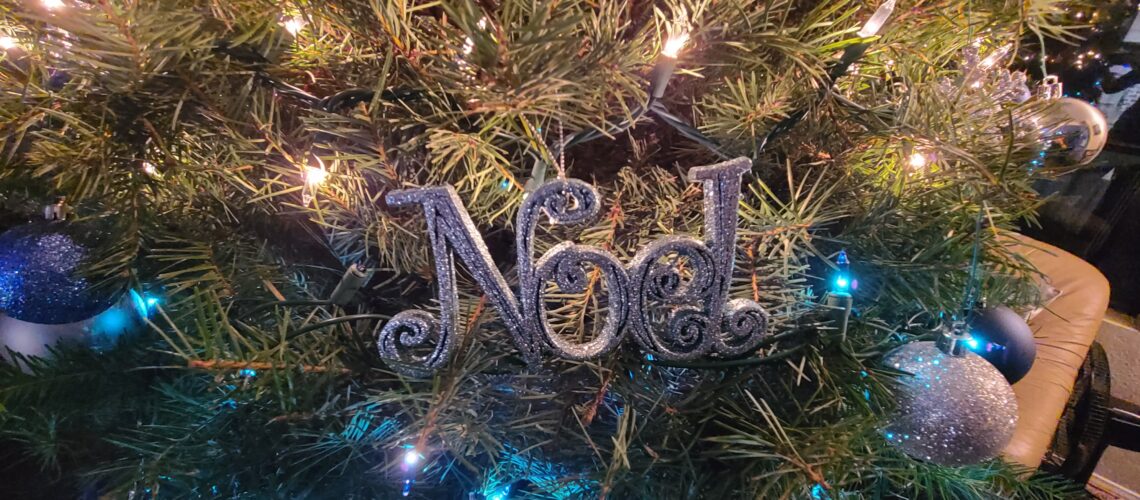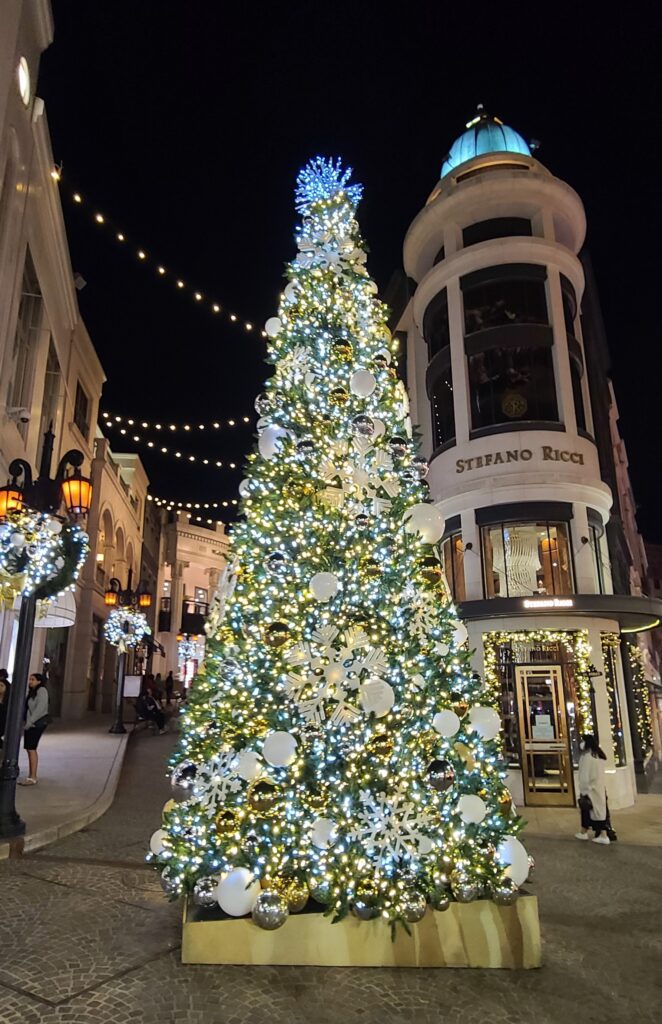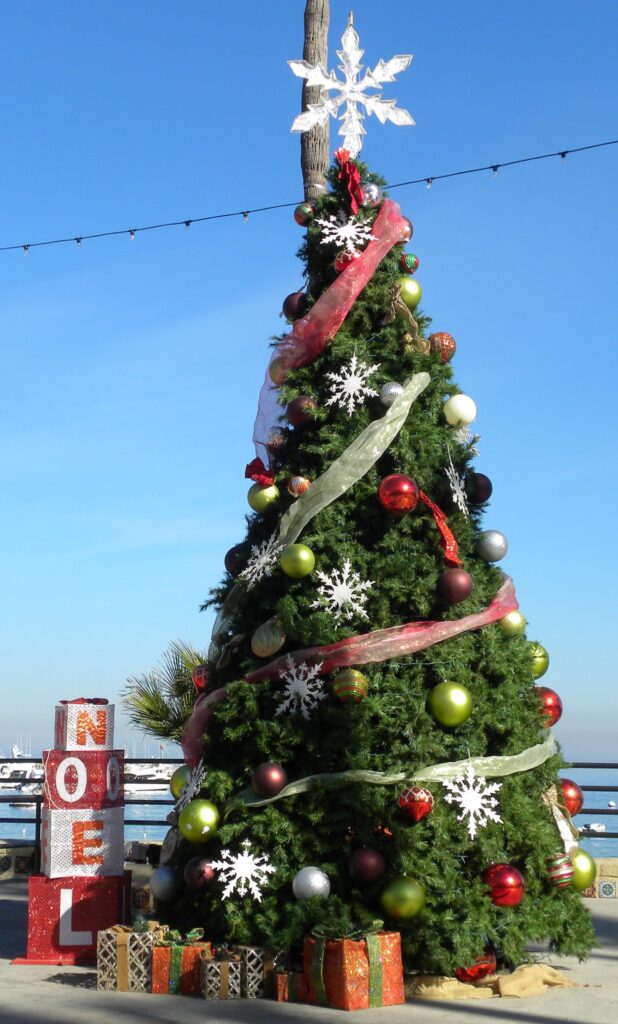
December 17, 2022
The history of the Christmas tree
Hardly anyone can imagine Christmas without a Christmas tree. In the pre-Christmas period, coniferous trees surround us at every step. The Christmas tree came to Poland from Germany only 200 years ago. However, few people really know where its tradition comes from. Apparently, the history of the Christmas tree dates back to pagan times.
Mission of St. Boniface
The Christmas tree is associated with the legend of St. Boniface – a missionary converting pagan Germans in what is now central and eastern Germany. It is not known exactly when he was born. It is assumed that he was born between 672 and 675. He grew up in the monasteries of Exeter and Nersling, later becoming head of the convent school in the latter. In 716 he tried to carry out missionary activity in Frisia alongside Willibrord.
After returning to the British Isles, he was elected abbot of Nersling. He did not accept the dignity and in 718 he went on a pilgrimage to Rome.
Having received the blessing of Pope Gregory II, he began his missionary activity. He was one of the most important missionaries and reformers of the Catholic Church in the north-west of the Kingdom of the Franks at the beginning of VIII. In Germany, he is also called the apostle of the Germans, although his activities focused more on creating a church organization in largely Christianized areas, and less on missionary work.
In 732 he was appointed archbishop of Germany. He then founded 4 bishoprics in Bavaria, including a missionary bishopric for the Slavs in Salzburg. In 753 he decided to continue Wilibrord’s mission in Frisia. He is said to have once cut down the mighty oak of Donar (Thor), considered sacred by the Germanic Hessians. The falling tree destroyed all the bushes growing nearby. Only a small herringbone survived. “This little herringbone is mightier than your oak. And it is always green, just as God is eternal, giving us eternal life. Let it remind you of Christ,” said the missionary during the sermon. How it really happened is unknown. A year after this event, St. Boniface, died at the hands of the Frisians by beheading. Soon after, he became a martyr and gained the title of saint and also the apostle of Germany.

The origins of the custom
The Christmas tree reappeared in the early 15th century. Members of the Brotherhood of Journeymen Bakers placed it in the hospital of St. Spirit in Freiburg and decorated with gingerbread, wafers and fruit. Initially, she was not popular, she was seen only in wealthier homes. The oldest mentions of a decorated Christmas tree come from Alsace, on the border of today’s Germany and France.
They mention coniferous trees, which were decorated with paradise apples, nuts and paper decorations. These sources come mainly from 15th and 16th century church sermons in which the custom was criticized as pagan. In 1604, the theologian Dannhauer rebuked from the pulpit that “among the various Christmas trifles there is also a Christmas tree.” Despite this, decorating the tree during Christmas was gaining popularity. A great supporter of this custom was Martin Luther, who recommended spending Christmas at home.
The engraving by Łukasz Cranach the Elder from 1509 shows a Christmas tree decorated with candles. It depicted the paradise tree of life, which brought hope and symbolized eternally regenerating life. The clergy began to encourage the faithful to put green trees in their homes during the holidays.
Candles were also placed, a symbol of Light, i.e. Christ. They were supposed to divert the unfriendly looks of people (bad charm). Depending on the region, different decorations were hung on Christmas trees. In addition to apples, there were nuts, cookies, dried sheep and hand-made decorations made of straw and paper, e.g. chain. Paper chains reminded of the enslavement of sin, but, for example, during the partitions, they had the eloquence of political fetters. Bells mean good news and joyful events. At the top of the tree, the star of Bethlehem was placed, a sign of the birth of Christ, it was supposed to symbolize help in returning home from distant places.

Ornaments came much later. They were made of thin glass, which was then silvered on the inside and painted. The beginnings of their production date back to 1847. The first baubles were made by the German glassblower Hans Greiner from Lausch. According to legend, he started creating glass eggshells to decorate the Christmas tree. He wanted to please his children, because he could not afford decorations typical at that time, i.e. nuts, apples or candies. A little later, this custom was taken over by the Catholic Church, spreading it in the countries of Northern and Central Europe.
In the 19th century, the Christmas tree was popularized in England and France, and then in the countries of Southern Europe and became the most recognized symbol of Christmas in Europe. Emigrants from Germany also propagated Christmas trees in the United States. The first mention of this tradition dates back to the 1830s from German settlers in Pennsylvania. In the 1890s, Christmas decorations arrived in the United States from Germany, and Christmas trees grew in popularity. At the beginning of the 20th century in the USA, trees were mainly decorated with hand-made homemade ornaments. Then electric lights appeared, thanks to which the Christmas tree could shine for many days. Thus, Christmas trees began to appear in town squares across the country, and having a Christmas tree in the home became an American tradition.
One of the well-known American traditions is decorating the Christmas tree in New York at the Rockefeller Center (Rockefeller Center). It was started in 1931 by New York workers, which still makes people happy today. In the square, they set up a large, live Christmas tree decorated with strings of cranberries and cans. Two years later, another tree was placed there, this time with lights. Since then, every year, probably the most famous Christmas tree in the world stands in front of the GE Building.

The history of the Christmas tree in Poland
The Christmas tree was brought to Poland by German Protestants at the turn of the 18th and 19th centuries. It was propagated in the Prussian partition by soldiers and officials. According to Zygmunt Gloger’s “Staropolska Encyclopaedia”, it happened between 1795 and 1806. In Poland, the Christmas tree was not very willingly included in the Christmas tradition, because it came from Germany. At the beginning, the Christmas tree was popular among the aristocracy, later it was taken over by the nobility and city dwellers. In the countryside, Christmas trees appeared only in the interwar period, at the beginning in southern and central Poland.
The Christmas tree was decorated with handmade decorations: straw and paper toys and natural ones: apples, gingerbread and nuts. Each ornament had its own meaning. Apples referred to the fruit of paradise. The bells were to symbolize good news, and the figures of angels – God’s care. The chains were supposed to remind people of the enslavement of people by sin, on the other hand, it was believed that they cemented family ties and protected the home from trouble. There was also a star of Bethlehem, which helped lost wanderers to return home. It was mainly girls who were to decorate the Christmas tree.

And this is how Maja Lozińska described the tuning of the Polish Christmas tree in the book “W landowner’s manor. Everyday life, customs, holidays, games”: “Only baubles, angel hair and silver powder for sprinkling branches were bought in the city – other toys and trinkets were made by ourselves. Chains were glued from colorful tissue paper and straws, cones and walnuts were painted with gold paint, angels and birds were conjured from eggshells, and paper stars were cut out. Various delicacies were also prepared for hanging on the Christmas tree, according to the Polish custom – apart from nuts, apples, figs, candies in shiny papers, gingerbread, cookies, chocolates and marzipan”
Currently, due to lack of time, we do not make Christmas decorations by hand, but buy ready-made decorations in stores. Although some bake gingerbread cookies for this occasion, which are hung on the Christmas tree. Today, it is almost impossible to imagine Christmas without a decorated tree. Although the tradition of decorating the Christmas tree has changed, we still come back to it as if we were in a fairy-tale world from our childhood.




